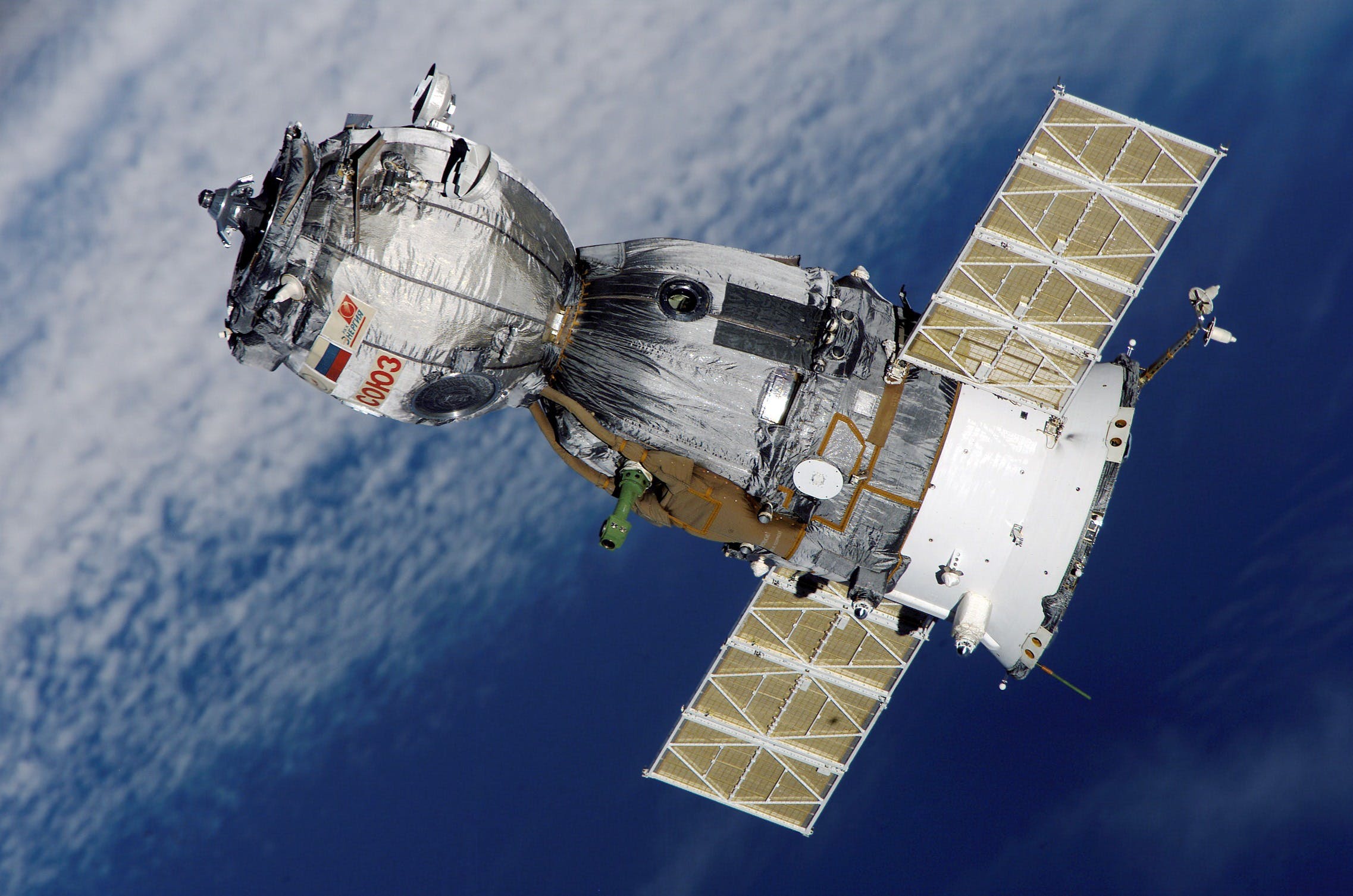In the vast expanse of space, satellites play a pivotal role in revolutionizing the way we communicate, observe our planet, and conduct scientific research. Satellite technology has come a long way since the launch of the first artificial satellite, Sputnik 1, in 1957. Over the years, advancements in technology have enabled the development of increasingly sophisticated satellites, contributing to various fields such as telecommunications, Earth observation, navigation, and scientific exploration.
Telecommunications Revolution
Satellites have significantly transformed global communication by enabling seamless connectivity across the world. Geostationary satellites, positioned at fixed points in the sky, facilitate long-distance communication, broadcasting, and data transmission. These satellites form the backbone of international telecommunications networks, making it possible to transmit television signals, internet data, and telephone calls globally. Low Earth Orbit (LEO) satellites, which orbit at lower altitudes, have also gained prominence, offering low-latency communication and broadband internet services, especially in remote and underserved areas.
Earth Observation and Environmental Monitoring
Satellite technology plays a crucial role in monitoring and understanding our planet’s dynamics. Earth observation satellites capture high-resolution imagery and data, providing valuable insights into environmental changes, weather patterns, and natural disasters. These observations are instrumental in disaster management, agriculture, forestry, urban planning, and climate research. Satellites equipped with advanced sensors track changes in sea levels, monitor deforestation, and contribute to the study of climate change, aiding scientists and policymakers in making informed decisions.
Navigation and Global Positioning System (GPS)
Satellite-based navigation has become an integral part of our daily lives. The Global Positioning System (GPS), comprised of a constellation of satellites orbiting the Earth, enables precise location determination for a wide range of applications. From guiding drivers on unfamiliar roads to helping hikers navigate through remote terrain, GPS has become ubiquitous. In addition to GPS, other satellite navigation systems like GLONASS (Russia), Galileo (European Union), and BeiDou (China) further enhance global navigation capabilities, fostering innovation in sectors such as transportation, logistics, and emergency services.
Scientific Exploration and Interplanetary Communication
Beyond Earth’s atmosphere, satellites contribute to our understanding of the universe. Space telescopes, like the Hubble Space Telescope, capture breathtaking images of distant galaxies and celestial phenomena, expanding our knowledge of the cosmos. Satellites also play a critical role in interplanetary exploration, assisting in the communication with rovers and probes on other planets. These advancements in satellite technology open new frontiers for scientific discovery and exploration, allowing us to unravel the mysteries of the solar system and beyond.
Challenges and Future Prospects
While satellite technology has brought about remarkable advancements, it is not without challenges. Issues such as space debris, limited orbital slots, and the potential for interference in communication frequencies require careful consideration. As the demand for satellite services continues to grow, the industry is actively exploring innovative solutions, including the development of smaller, more efficient satellites and the implementation of advanced propulsion systems.
Looking ahead, the future of satellite technology holds exciting possibilities. Advancements in artificial intelligence, machine learning, and miniaturization are expected to drive the development of smarter, more capable satellites. Constellations of small satellites working together, known as satellite swarms, may become more common, further enhancing the capabilities of Earth observation and communication networks.
Conclusion
Satellite technology has become an integral part of modern life, influencing communication, navigation, Earth observation, and scientific exploration. As we continue to push the boundaries of technological innovation, satellites will play a pivotal role in addressing global challenges, expanding our understanding of the universe, and connecting people around the world. The ongoing evolution of satellite technology promises a future where space-based systems continue to enhance our daily lives and contribute to the advancement of human knowledge and exploration.




